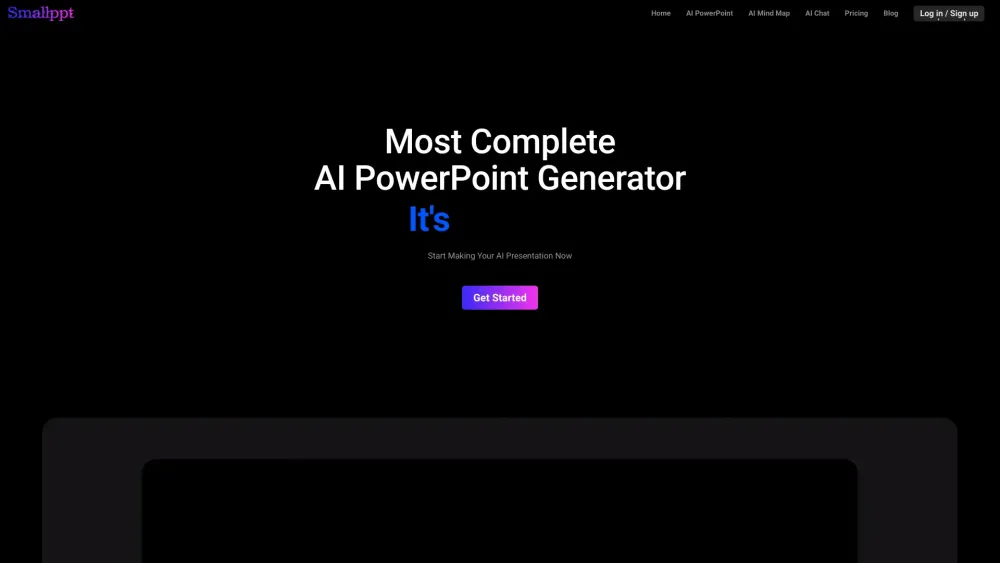There’s big data, and then there’s really big data—think trillions of data rows. Chicago-based Ocient is positioned in the forefront of this realm with its cutting-edge hyperscale data warehouse technology.
Today, Ocient unveiled new capabilities that enhance its hyperscale data platform, specifically for geospatial analytics and machine learning (ML) and artificial intelligence (AI). The newly added OcientGeo feature includes a comprehensive library of geospatial functions and a globally optimized spatial index. This empowers companies to efficiently ingest and analyze vast amounts of historical and real-time geospatial data, generating actionable insights. Integrated ML tools further expedite geospatial AI initiatives.
Ocient leverages optimized storage and processing, meeting hyperscale data demands without relying on GPUs.
“Our focus centers on hyperscale workloads. In an average Ocient query—be it SQL, machine learning, or geospatial—we're typically looking at around a trillion elements,” Ocient CEO Chris Gladwin stated.
Hyperscale Data Analytics: Flow Over GPUs
While many organizations optimize performance with GPUs, Ocient embraces a different strategy.
“The key to our success is an extraordinary level of parallelization,” Gladwin explained. “It’s not uncommon to have over a million parallel tasks in flight at every layer of the stack.”
To achieve this extensive parallelization within its data warehouse, Ocient emphasizes flow. Gladwin noted that in machine learning algorithms for clustering, regression, and classification, the limitations often arise not from CPU computational operations but rather from compute density—specifically, the need for greater processing power per terabyte of data.
The main challenge lies in ensuring sufficient throughput across the computing stack, including storage and memory. This is at the core of Ocient’s technical innovation, as the company specializes in optimizing memory and fast solid-state drive (SSD) storage systems.
“Our engineers appreciate GPUs—they're impressive—but we simply haven’t encountered a necessity for them,” Gladwin remarked.
Machine Learning at Hyperscale with OcientML
Ocient’s data warehouse initially focused on SQL data queries, and the same architectural advantages enabling swift analytics on extensive datasets now underpin OcientML and OcientGeo.
Gladwin emphasized that OcientML allows clients to execute machine learning on datasets containing billions to trillions of data points, offering superior price-performance metrics compared to alternatives. Features like workload management ensure equitable resource access across various hyperscale queries and analyses. Furthermore, OcientML is integrated into the Ocient Hyperscale Data Warehouse, eliminating the need to extract, transform, and load data to a separate platform.
Benefits of OcientML include enhanced model accuracy through full interaction with historical and current data, expedited iterations by eliminating unnecessary data movement, and streamlined operations by managing SQL and ML within a unified system.
OcientGeo follows a similar approach, integral to the Ocient Hyperscale Data Warehouse, leveraging the platform’s extensive parallelization. With OcientGeo, users can perform geospatial queries and analyses on vast datasets directly within the Ocient environment, avoiding the need for large-scale data extraction. This capability enables geospatial queries involving trillions of data points to be executed within seconds.
“We're just beginning to explore these new applications that can only be enabled by enhancing the price and performance of hyperscale analytics by tenfold or more,” Gladwin concluded.





